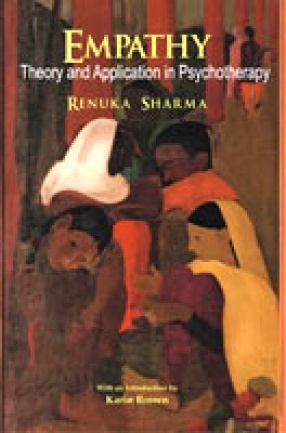Empathy is a term much used in popular culture and professional circles. Yet it remains one of the most misunderstood tropes. Most people confuse or conflate empathy with sympathy; though related, these involve somewhat radically different affective or psychological registers. Empathy is founded on the art of understanding a living being’s particular mental state or inner condition, in respect of his/her predicament, pain, suffering, anguish, fear, grief, sorrow, frustration, and anger in certain trying circumstances. There can even be comportment with another’s joy and exhilaration. Its proper use makes possible a much deeper understanding of human communication, relation, intentionality, and action. As such its cognate in the Eastern or contemplative practice of compassion (karuna, metta, kripa) toward another, and also to sorge or “care” in phenomenological hermeneutics. Thus, there are cognitive, affective and ethical components in the practice of empathy. The importance of empathy whether in everyday life or as a clinical tool in therapeutic and palliative settings cannot be more emphasized. The book demonstrates the way in which using empathy as a means of diagnosis leads to different, more successful results and course of action. In so doing, the study challenges the erstwhile neglect and misconception of the role of empathy in transference and introspective processes availed in psychoanalysis.
The book introduces novices in the field to the rich literature of psychoanalysis and philosophy, combining conceptual phenomenology with empirical data collected in a clinical setting. Testing the theory against clinical cases, as the book engages with, lends itself to a more solid conceptualization that can be poignantly articulated and studied further. The book will benefit students and practitioners in counselling, social work, psychiatry, psychoanalysis, psychotherapy and philosophy.








There are no reviews yet.